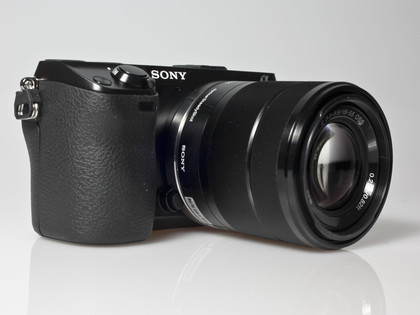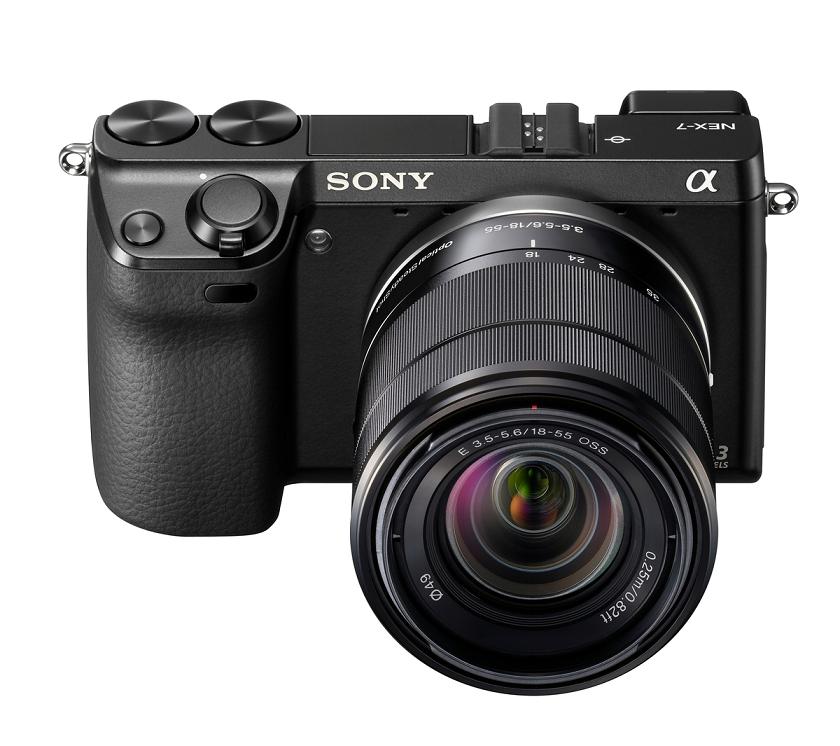Why you can trust TechRadar

Once you've spent a little time getting familiar with the controls and features, the NEX-7 is a rewarding camera to shoot with. Multi-segment metering yields accurate exposures in a wide variety of conditions. As with all evaluative systems, scenes with high contrast may cause wayward exposures, which is easily corrected with the innermost control dial, which provides direct access to exposure compensation in program, aperture priority and shutter priority exposure modes.
Using the auto white balance setting tends to leave a noticeable, yet not too disturbing cast under overcast conditions or artificial lighting. The warm cast left under incandescent lights is quite pleasant, keeping the atmosphere in the shot, while the cool cast encountered in overcast conditions may require the use of the appropriate white balance preset for the best results.
Conventional wisdom dictates that more pixels squeezed into the same space will result in noisier images, but technology has come on in leaps and bounds in this area, thanks to rear-illuminated CMOS sensors and improved noise reduction. Images taken with teh NEX-7 between ISO 100 and 400 show few signs of noise and are packed with detail. Even when the sensitivity is increased to between ISO 800 and 1600, noise is difficult to spot, apart from on very close inspection of mid-tone and shadow areas.
Higher sensitivities up to ISO 6400 are very usable under the right conditions, with gradually increasing levels of noise. The noise at these sensitivities has a fine granular pattern to it, which won't be too prominent in prints up to A3 in size.
Beyond ISO 6400 the noise starts to become more prominent and blotchy, especially in shadow and partially focused areas of images. Colour saturation also drops, and a slight magenta cast can be seen at the maximum sensitivity of ISO16000 (NB that's sixteen thousand, not sixteen hundred). There's much more noise present at this sensitivity, but A4 prints should still be acceptable for the right subjects, and the noise will be barely noticeable when shared on the web at low resolutions. Overall, the performance in this area is very good, striking a good balance between resolution and noise.
Autofocus is incredibly quick in good lighting conditions, and is almost instant in good daylight. The subject-tracking feature may not be able to keep up with a Formula 1 car, for example, but it's adequate for day-to-day subjects, such as pets.
Unfortunately, the AF system really struggles in darker conditions, and can take quite a while to focus. Even if you've selected a particular AF area, the focusing system will default to a wide area if the light levels drop too low, which can impact the system's accuracy.
OLED Electronic Viewfinder
An OLED display as found in the electronic viewfinder of the NEX-7 is formed of a film of organic compounds which emit light when an electronic current is applied, just like normal LEDs.
This technology requires no back light so it can display very deep blacks and a higher contrast ratio than LCD displays as a result. This technology also allows higher resolution displays to be made. The EVF in the NEX-7 is XGA resolution, which is roughly 1024x768 pixels.
The high resolution makes confirming focus easier due to display being clearer. This is the best EVF we have yet encountered.
Current page: Performance
Prev Page Build quality and handling Next Page Image quality and resolution